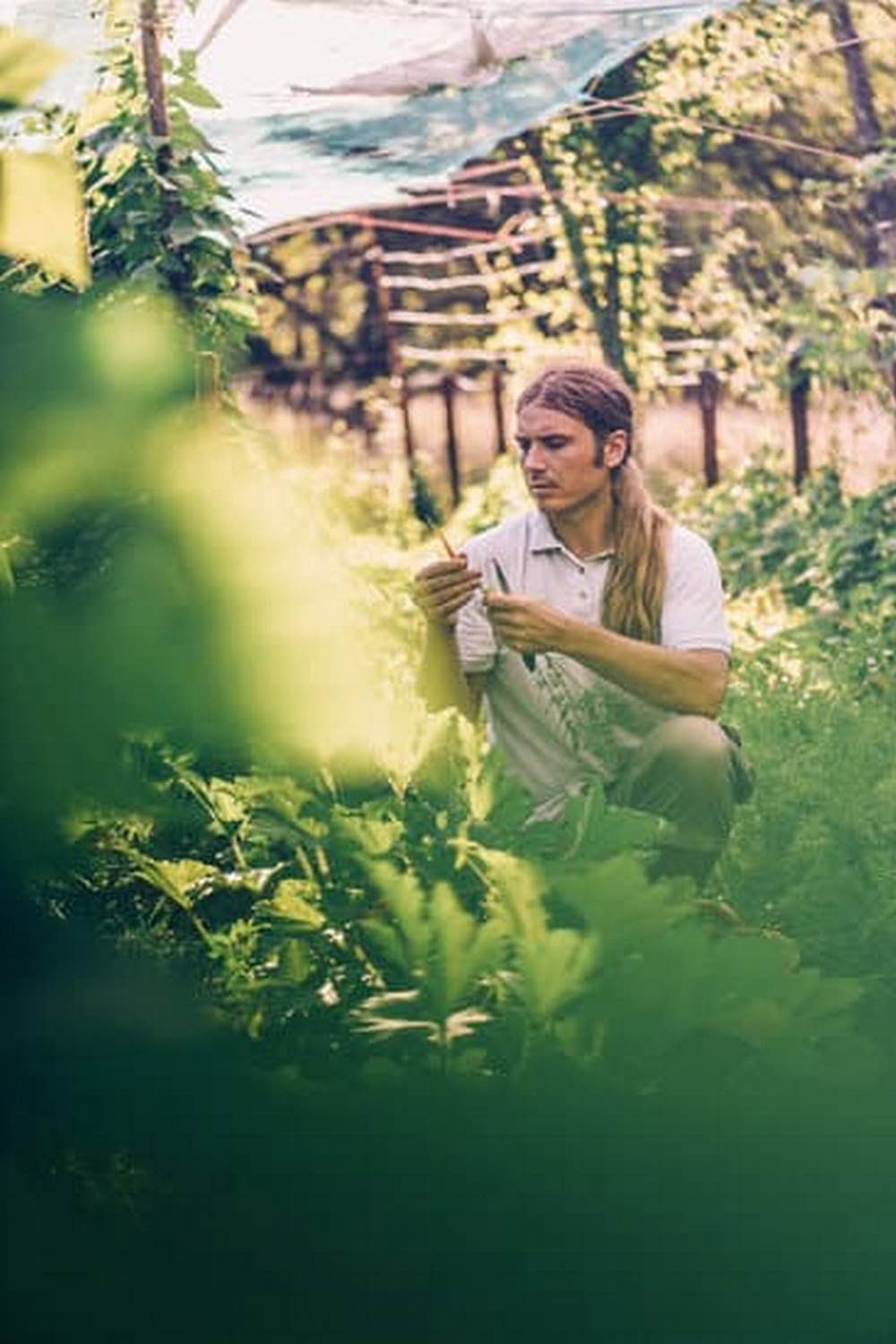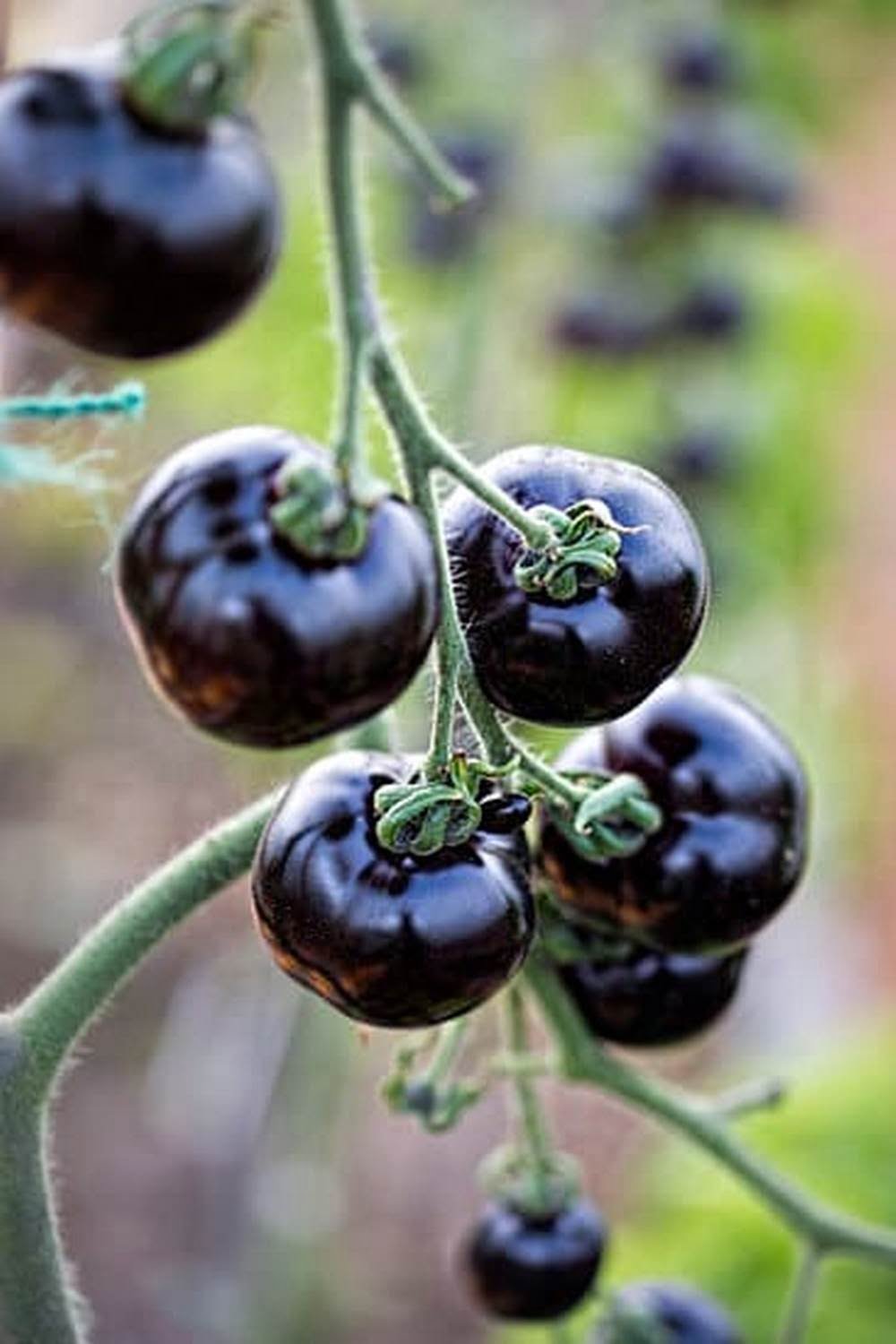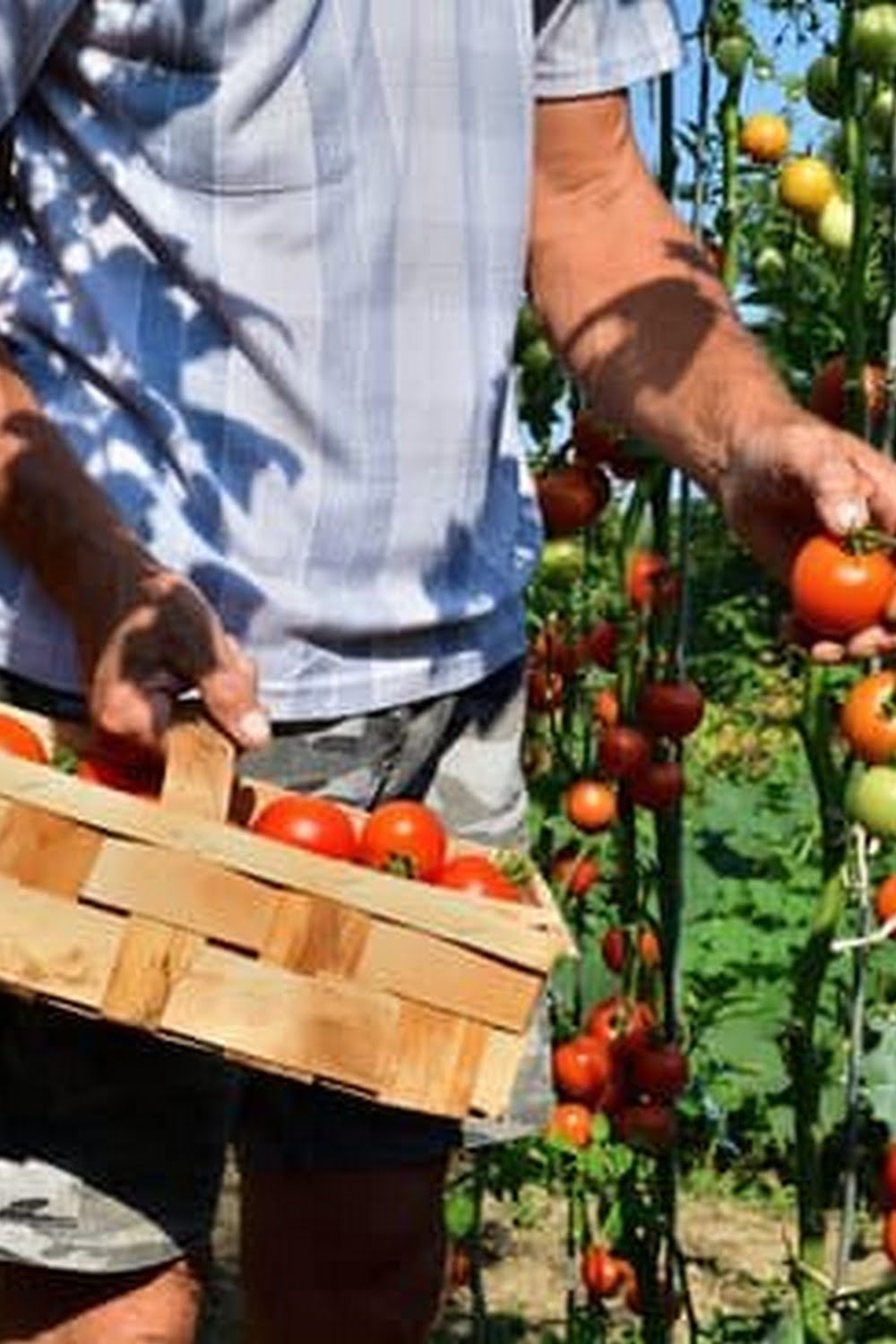Soil Composition Raised Bed Vegetable Garden
When starting a vegetable garden, the type of soil you use is important. You can either use garden soil, which you can buy at a garden center, or you can make your own soil mix. If you make your own soil mix, it’s important to use the right ingredients so that your plants will grow healthy and strong.
One option for making your own soil mix is to use a raised bed. A raised bed is a garden bed that is raised up off the ground, which makes it easier to work the soil. You can make a raised bed out of lumber, bricks, or stones.
If you’re using a raised bed, you can create a soil mix that is specific to your raised bed. Or you can use a general soil mix that will work for all types of plants. The general soil mix for a raised bed should include:
50% garden soil
25% compost
25% sand
You can also add other ingredients to your soil mix, such as:
Perlite – a type of volcanic glass that helps to improve drainage
– a type of volcanic glass that helps to improve drainage Vermiculite – a mineral that helps to retain moisture and nutrients
– a mineral that helps to retain moisture and nutrients Bone meal – a type of fertilizer that is high in phosphorus
– a type of fertilizer that is high in phosphorus Blood meal – a type of fertilizer that is high in nitrogen
– a type of fertilizer that is high in nitrogen Kelp meal – a type of fertilizer that is high in potassium
– a type of fertilizer that is high in potassium Worm castings – a type of fertilizer that is high in organic matter
When adding these ingredients to your soil mix, be sure to follow the ratios listed above. You can also find pre-made soil mixes at your local garden center.
If you’re starting a vegetable garden from scratch, it’s important to test your soil to see what type of soil mix you need. To test your soil, you can use a soil test kit, which you can buy at a garden center or online. Soil test kits will tell you the pH level of your soil and the levels of nitrogen, phosphorus, and potassium.
Once you know the pH level of your soil and the levels of nitrogen, phosphorus, and potassium, you can create a soil mix that will be best for your plants. For example, if your soil is too acidic, you can add lime to your soil mix to make it more alkaline. If your soil is low in nitrogen, you can add blood meal to your soil mix to increase the level of nitrogen.
No matter what type of soil you have, it’s important to add compost to your soil mix. Compost is made up of organic matter, such as leaves, grass clippings, and vegetable scraps. Compost helps to improve the drainage, aeration, and nutrient levels of your soil. It also helps to suppress weed growth.
Adding compost to your soil mix is the best way to create healthy soil for your plants. Compost is also a great way to recycle organic matter, which helps to reduce the amount of waste that goes to landfills.
Raised Vegetable Garden Deer Proof
ing
As a professional gardener, I get asked all sorts of questions about gardening. Recently, one of my clients asked me how to deer proof their vegetable garden. While there is no one-size-fits-all answer to this question, there are a few things you can do to make your garden less appealing to deer.
First, try to choose plants that deer are not particularly interested in. Some plants that deer tend to avoid include tomatoes, peppers, carrots, and cabbage. If you are growing these plants in your garden, you are less likely to have problems with deer.
Another thing you can do to deer proof your garden is to use fencing. Deer are not particularly good climbers, so if you use a fence that is at least six feet high, you should be able to keep them out.
Finally, you can use deterrents to keep deer away from your garden. Some deterrents that are effective include predator urine, chili powder, and blood meal. You can also try using a motion-activated sprinkler to scare deer away.
No matter what measures you take, it is important to remember that deer are unpredictable and they may still be able to find a way into your garden. So be prepared to take steps to protect your plants if necessary.
Raised Vegetable Garden Design Raised Bed Vegetable Garden
Plans
A raised vegetable garden is a great way to garden if you have poor soil or you want to garden in a small space. You can easily build a raised bed vegetable garden yourself. All you need are a few supplies and some basic tools.
The first step is to decide on the size and shape of your raised bed vegetable garden. You can make it any size you want, but it’s best to make it at least 4 feet wide so you have room to work in the bed. The most common shape is a square, but you can also make it a rectangle or a circle.
Once you have decided on the size and shape of your raised bed vegetable garden, you need to decide on the height. Most people choose to make their raised bed vegetable garden at least 12 inches high, but you can make it any height you want.
The next step is to decide on the type of materials you want to use to build your raised bed vegetable garden. The most common materials are wood, stone, or brick. You can also use concrete, but it’s a little more expensive.
Once you have decided on the type of materials you want to use, it’s time to start building your raised bed vegetable garden. The first step is to build the frame of the bed. You can do this with wood, stone, or brick. If you are using wood, you will need to cut the boards to the right size and then attach them together with screws or nails. If you are using stone or brick, you will need to build a frame out of these materials and then fill in the frame with soil.
The next step is to add the soil to your raised bed vegetable garden. You can either buy soil from a garden store or you can make your own soil mix. To make your own soil mix, you will need to mix equal parts of soil, compost, and peat moss.
Once the soil is in your raised bed vegetable garden, it’s time to plant your vegetables. You can plant any type of vegetable you want in a raised bed vegetable garden. Just make sure to choose vegetables that do well in your climate.
A raised vegetable garden is a great way to garden if you have poor soil or you want to garden in a small space. You can easily build a raised bed vegetable garden yourself. All you need are a few supplies and some basic tools.
The first step is to decide on the size and shape of your raised bed vegetable garden. You can make it any size you want, but it’s best to make it at least 4 feet wide so you have room to work in the bed. The most common shape is a square, but you can also make it a rectangle or a circle.
Once you have decided on the size and shape of your raised bed vegetable garden, you need to decide on the height. Most people choose to make their raised bed vegetable garden at least 12 inches high, but you can make it any height you want.
The next step is to decide on the type of materials you want to use to build your raised bed vegetable garden. The most common materials are wood, stone, or brick. You can also use concrete, but it’s a little more expensive.
Once you have decided on the type of materials you want to use, it’s time to start building your raised bed vegetable garden. The first step is to build the frame of the bed. You can do this with wood, stone, or brick. If you are using wood, you will need to cut the boards to the right size and then attach them together with screws or nails. If you are using stone or brick, you will need to build a frame out of these materials and then fill in the frame with soil.
The next step is to add the soil to your raised bed vegetable garden. You can either buy soil from a garden store or you can make your own soil mix. To make your own soil mix, you will need to mix equal parts of soil, compost, and peat moss.
Once the soil is in your raised bed vegetable garden, it’s time to plant your vegetables. You can plant any type of vegetable you want in a raised bed vegetable garden. Just make sure to choose vegetables that do well in your climate.
Raised Vegetable Garden Planter Winter Cover
The best way to keep your vegetable garden planter from freezing solid during the winter is to install a raised vegetable garden planter winter cover. This is a piece of cloth or plastic that is placed over the garden to keep the warmth in and the cold out.
There are a few different types of raised vegetable garden planter winter covers available. The most common type is a piece of cloth that is tied to the top of the garden with stakes. This type of cover is the cheapest, but it can also be the least effective.
A better option is a piece of plastic that is secured to the garden with ropes or clips. This type of cover is more expensive, but it is also more effective. It is important to make sure that the cover is tight against the garden so that no cold air can get in.
If you live in a cold climate, it is important to install a raised vegetable garden planter winter cover to protect your garden from the cold weather.
Raising A Garden From Vegetable Scraps
There are numerous advantages to gardening from scraps. Not only does it help reduce the amount of food waste going to landfill, it’s also a great way to get started gardening if you’re new to the hobby.
The first step is to gather together all of the vegetable scraps you can find. This could include peelings from carrots, potatoes, apples and other fruit, as well as ends of broccoli, celery and other vegetables.
Next, you’ll need to decide what to do with them. One option is to simply put them in a compost bin and let them rot down. This will create nutrient-rich compost that you can use in your garden to improve the quality of the soil.
Another option is to bury the scraps in the ground. This will help to create a new garden bed where you can grow vegetables.
If you have a small garden, you may want to try the “lasagna gardening” method. This involves layering the scraps with other organic matter, such as leaves, straw or grass clippings. This will help to break down the scraps and create a rich, fertile soil.
No matter which method you choose, be sure to keep a record of what you’ve planted so you can track the progress of your garden.
There are numerous advantages to gardening from scraps. Not only does it help reduce the amount of food waste going to landfill, it’s also a great way to get started gardening if you’re new to the hobby.
The first step is to gather together all of the vegetable scraps you can find. This could include peelings from carrots, potatoes, apples and other fruit, as well as ends of broccoli, celery and other vegetables.
Next, you’ll need to decide what to do with them. One option is to simply put them in a compost bin and let them rot down. This will create nutrient-rich compost that you can use in your garden to improve the quality of the soil.
Another option is to bury the scraps in the ground. This will help to create a new garden bed where you can grow vegetables.
If you have a small garden, you may want to try the “lasagna gardening” method. This involves layering the scraps with other organic matter, such as leaves, straw or grass clippings. This will help to break down the scraps and create a rich, fertile soil.
No matter which method you choose, be sure to keep a record of what you’ve planted so you can track the progress of your garden.

If you’re looking to get into vegetable gardening, or are just looking for some tips on how to make your current garden better, then you’ve come to the right place! My name is Ethel and I have been gardening for years. In this blog, I’m going to share with you some of my best tips on how to create a successful vegetable garden.





